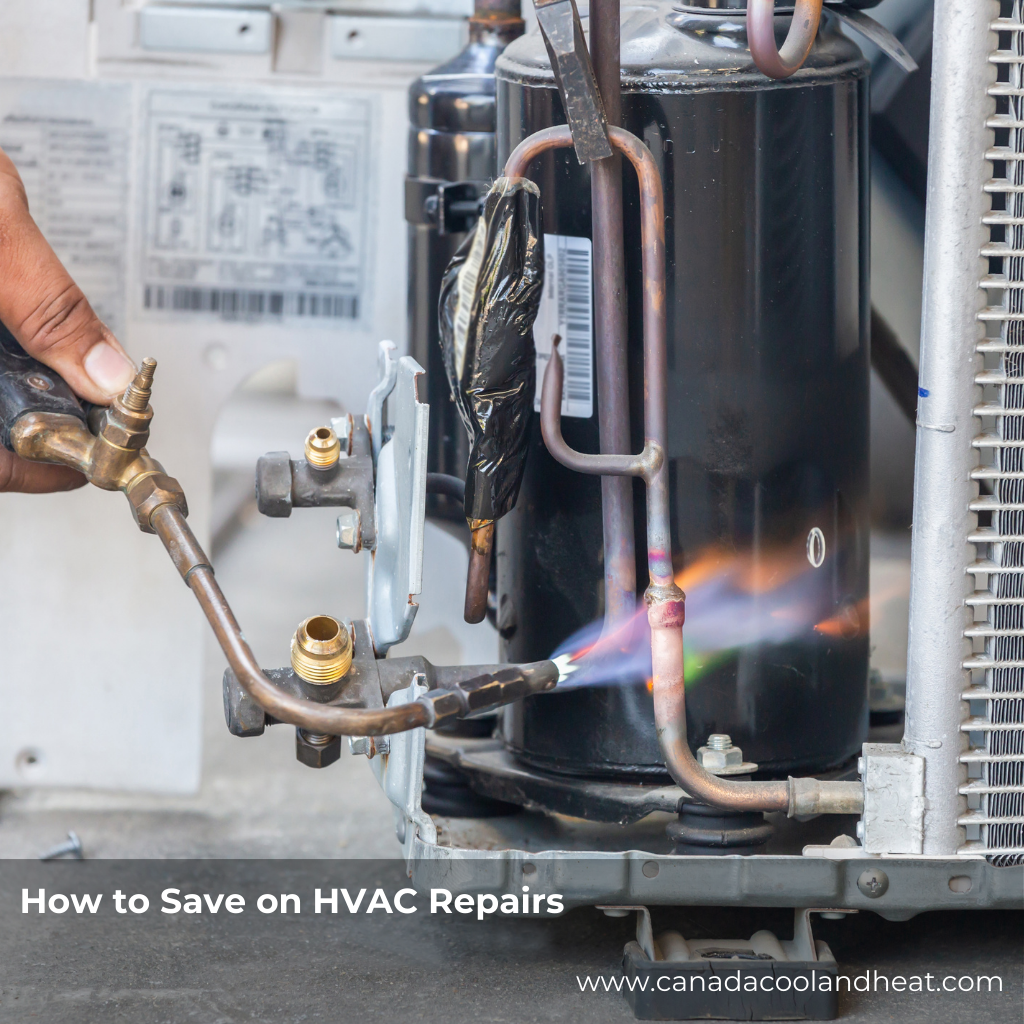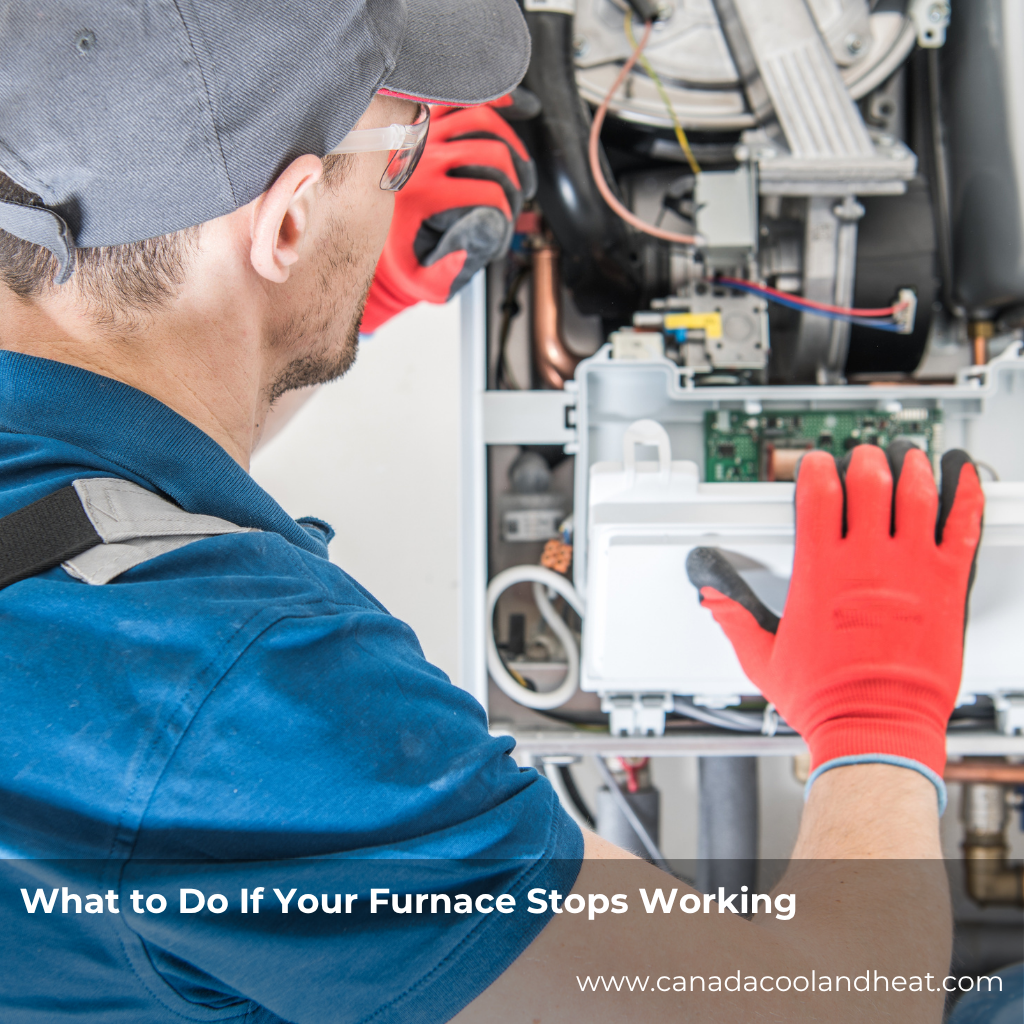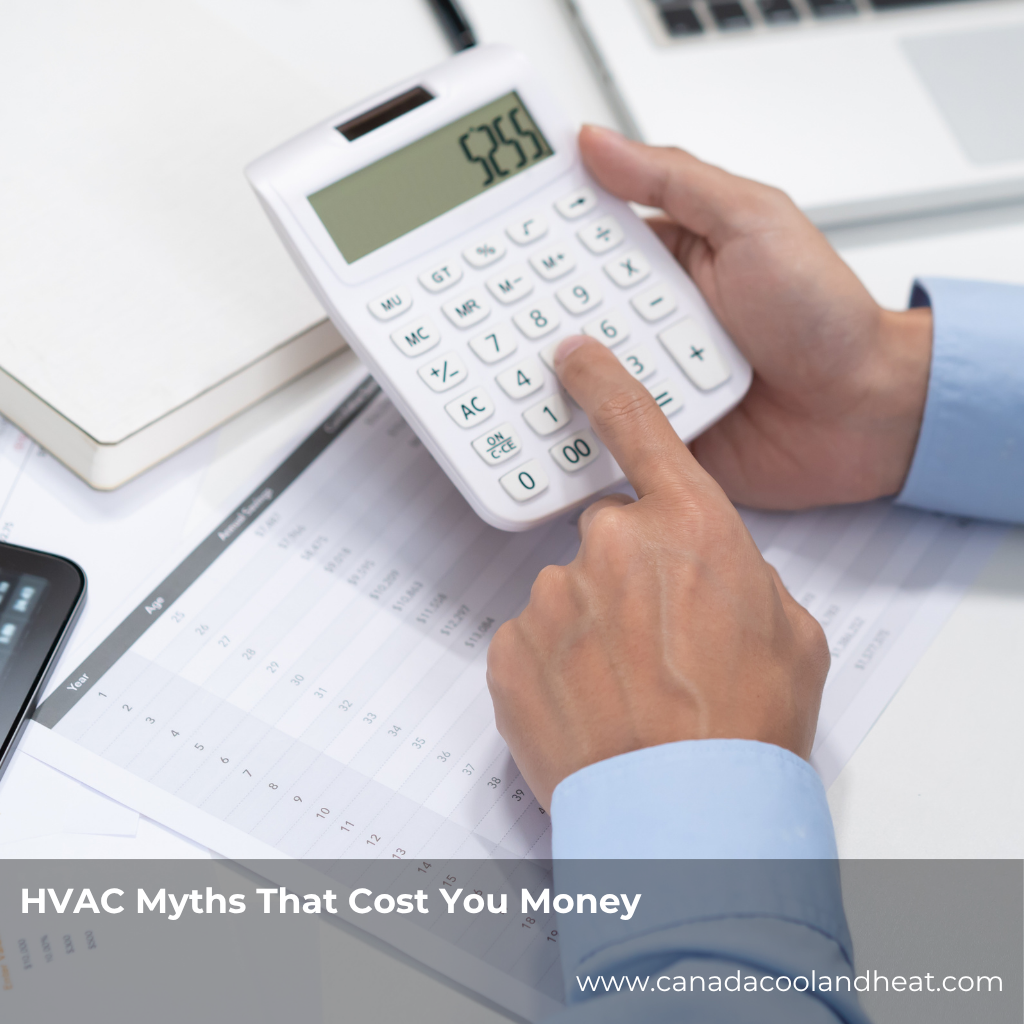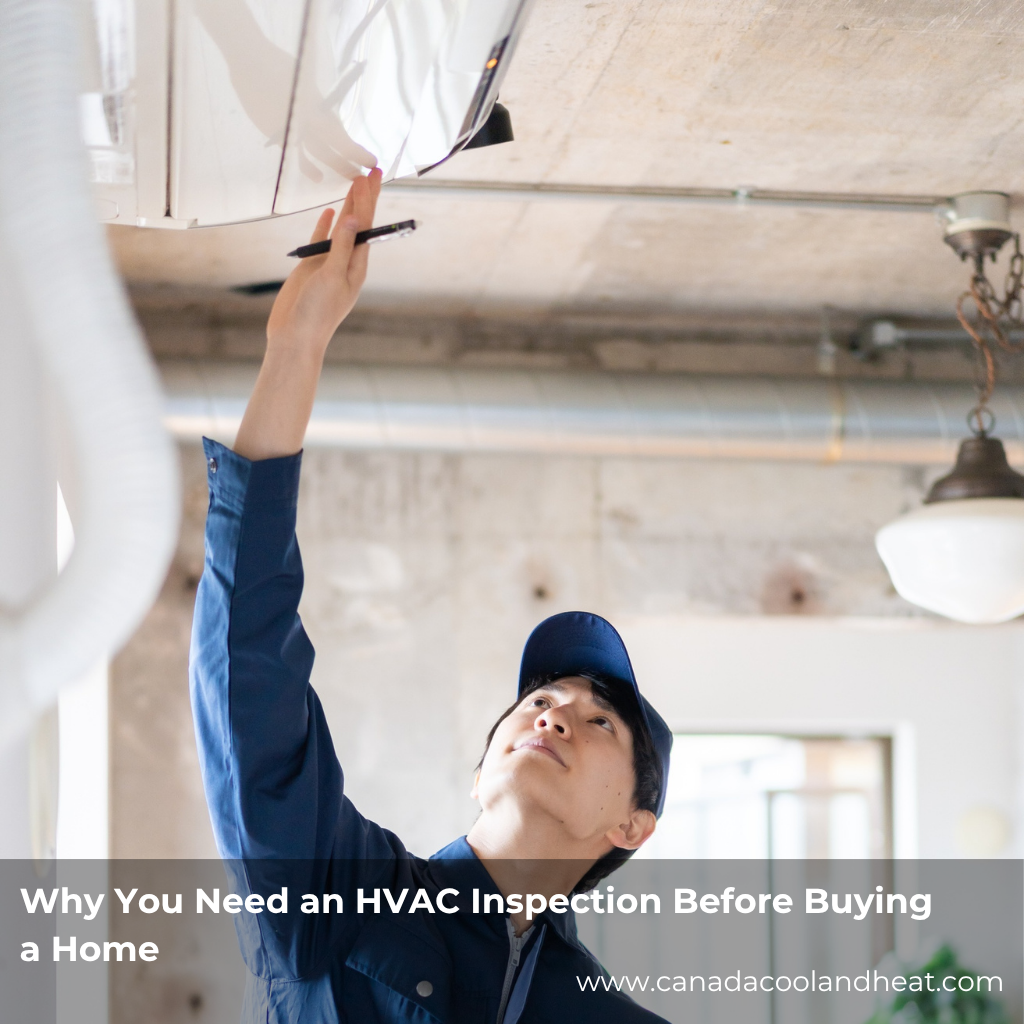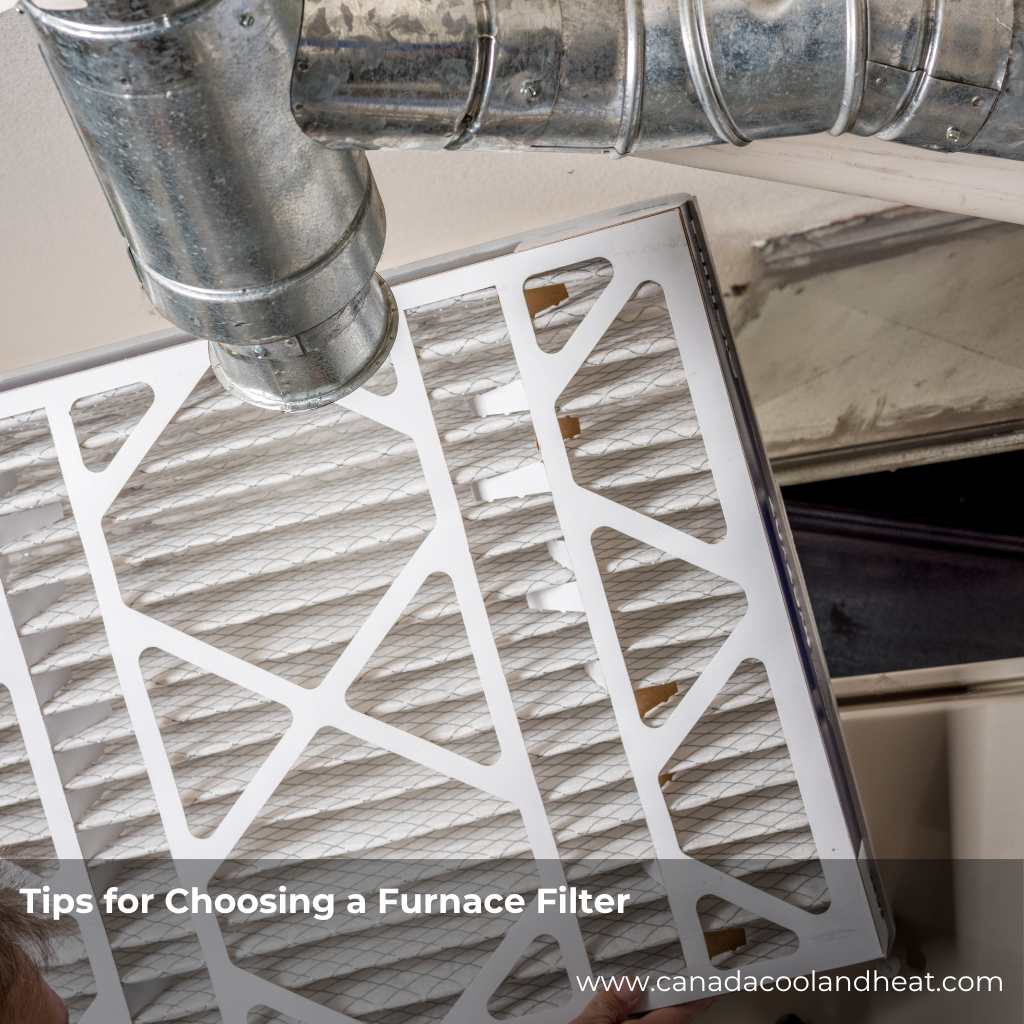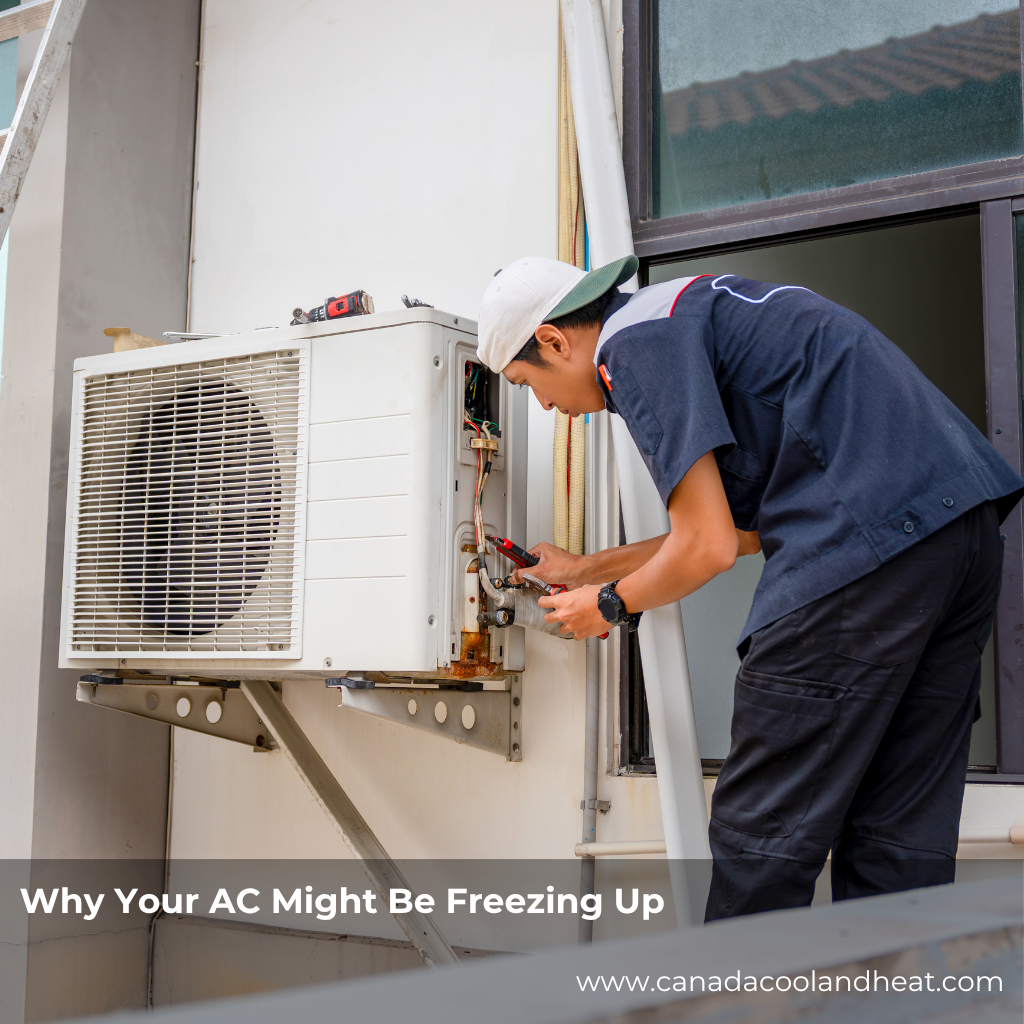Why Proper Kitchen Ventilation Matters
Cooking generates more than delicious meals—it also produces heat, moisture, and airborne particles that can strain your HVAC system. Without good ventilation, your HVAC has to work overtime to compensate.
Here’s what can happen if your kitchen vent hood isn’t properly balanced with your HVAC system:
-
Air pressure imbalance: Oversized vent hoods pull too much air out of the house, creating negative pressure that forces unconditioned air indoors.
-
Energy waste: Your HVAC must reheat or recool replacement air, raising utility bills.
-
Moisture buildup: Poor ventilation traps steam, which can lead to mold, odors, and damage.
-
Uneven comfort: Some rooms may feel drafty or warmer than others because of airflow disruptions.
In short, an unbalanced vent hood can slowly wear down your HVAC system, leading to expensive repairs or even early replacement.
How Range Hoods Impact HVAC Balance
Range hoods are powerful tools—but with great power comes great responsibility. The stronger your vent hood, the more careful you must be about HVAC balance.
Airflow Tug-of-War
When you turn on a high-CFM (cubic feet per minute) vent hood, it’s essentially competing with your HVAC system. Both are moving air, but in different ways:
-
The vent hood removes air from the kitchen.
-
The HVAC supplies air to heat or cool your home.
If your hood removes more air than your HVAC can replace, the system gets out of sync. Imagine opening every window on a windy day—that’s the kind of pressure shift that makes your HVAC work harder.
Negative Pressure Problems
Negative pressure can cause:
-
Backdrafting of appliances like water heaters or furnaces.
-
Infiltration of outdoor air through cracks and leaks.
-
Higher humidity indoors during summer and dry, uncomfortable air in winter.
This imbalance isn’t just about comfort—it can shorten the lifespan of your HVAC system.
Sizing Guidelines for Kitchen Vent Hoods
The good news? You can avoid most HVAC issues simply by choosing the right size vent hood.
Here are some practical rules of thumb:
1. Base Size on Cooktop Width
-
For standard electric ranges, your vent hood should be at least as wide as your cooktop.
-
For gas ranges, add an extra 3 inches on each side for better coverage.
2. Match CFM to Cooking Style
-
Light cooking (boiling pasta, reheating food): 150–300 CFM is enough.
-
Moderate cooking (frying, sautéing, baking): 300–600 CFM works well.
-
Heavy cooking (wok cooking, grilling, frequent frying): 600–1200 CFM may be needed.
3. Don’t Forget Make-Up Air
Many building codes require a make-up air system if your vent hood exceeds 400 CFM. This ensures that air being exhausted is replaced without straining the HVAC.
4. Consider Duct Length and Design
-
Keep duct runs short and straight for maximum efficiency.
-
Use smooth metal ducts instead of flexible ones to reduce resistance.
How Proper Ventilation Saves on HVAC Repairs
A well-designed vent hood system protects your HVAC in several ways:
-
Reduces wear and tear by preventing constant airflow imbalances.
-
Improves energy efficiency by minimizing wasted heating/cooling.
-
Prevents backdrafting damage to appliances connected to your HVAC system.
-
Keeps humidity in check, which protects ductwork and insulation.
-
Extends HVAC lifespan, helping you avoid costly emergency repairs.
Think of it as preventive maintenance: a properly sized and balanced vent hood is like giving your HVAC a partner, not an opponent.
Conclusion
Cooking is supposed to bring joy, not HVAC headaches. By understanding how your vent hood, HVAC system, and kitchen airflow work together, you can create a healthier, more comfortable home—while saving on future repair bills.
The key takeaways:
-
Size your vent hood to your cooking habits.
-
Avoid overpowered hoods without proper make-up air.
-
Keep ducts short and smooth.
-
Think of ventilation as part of your whole-home comfort system.
When in doubt, consult with an HVAC professional to ensure your kitchen ventilation is balanced with your home’s heating and cooling needs. Your future self—and your repair budget—will thank you.
FAQs
1. What does “vent hood HVAC kitchens” mean?
It refers to how kitchen range hoods interact with your home’s HVAC system, impacting airflow, comfort, and energy efficiency.
2. Can a vent hood be too powerful?
Yes. Oversized hoods can create negative pressure, forcing your HVAC system to work harder and potentially causing backdrafting issues.
3. How do I know if I need make-up air?
If your vent hood exceeds 400 CFM, most codes require a make-up air system. It’s best to check local regulations and consult an HVAC pro.
4. Is ductless (recirculating) ventilation bad for HVAC balance?
Ductless hoods don’t remove air, so they don’t affect HVAC balance as much. However, they’re less effective at removing heat and grease from cooking.
5. How often should I clean my vent hood filters?
At least once a month if you cook frequently. Clean filters help your hood run efficiently and reduce strain on your HVAC.
6. Can improper vent hood installation cause HVAC repairs?
Absolutely. Poor duct design, wrong sizing, or missing make-up air can all stress your HVAC and lead to costly service calls.
7. Does kitchen ventilation really affect energy bills?
Yes. An imbalanced system can waste heating or cooling, increasing utility costs over time.

